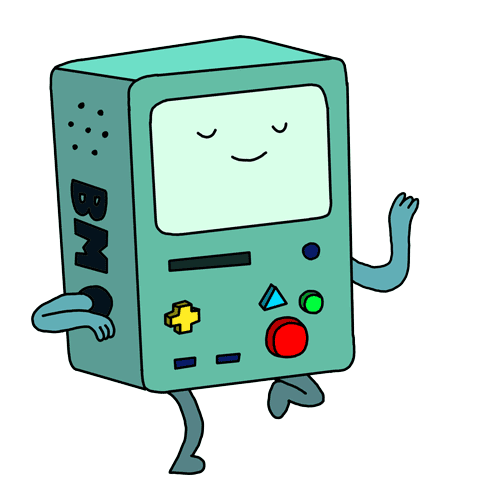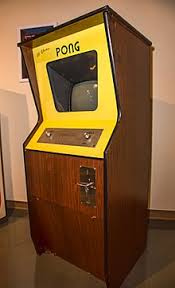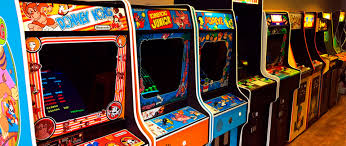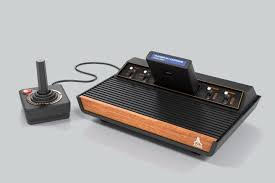
Before talking about the history of video games, it is important to understand what they are. Basically, a video game is a form of interactive entertainment that uses user interfaces to let us interact with and control its characters. These interfaces can be 2D or 3D, or even virtual reality today. Therefore, they are a form of art and a method of digital entertainment, combining mathematics and various sciences, necessary to create them, with creative or even educational methods. They can be played on multiple devices, from mobile phones to consoles, and they come in various genres, such as action or adventure.
Finally, to fully define what a video game is, it is essential to understand its components:
To understand how video games started, we need to go back to 1958, when William Higinbotham developed what is considered the first video game, "Tennis for Two," played on an oscilloscope. However, the first video game somewhat accessible to the public was "Spacewar!" created by Steve Russell in 1962, the first computer game. Later, in 1971, numerous arcade video games began to emerge, such as Pong and Computer Space.

This game involved two paddles on the sides of the screen. To play, you moved them vertically to hit a ball and defeat your opponent by scoring on their side of the field.
An arcade machine is an electronic device with a characteristic shape, like the one seen in the Pong image. It consists of a monitor, where the video game is displayed; a bezel, which is the border around the monitor; a marquee with the game's name; a control panel with buttons or joysticks to play; and a coin slot to start the game. Internally, it contains various integrated circuits to function. These machines quickly became popular, appearing in malls and cinemas, as they were highly profitable. People had fun, and the owners of these machines earned income. This integration of arcades into popular culture led to the emergence of many franchises and companies still operating today, such as Nintendo and Sega.

The success of these video games led to the creation of one of the first video game consoles in 1977, an electronic entertainment system with multiple games available called "Atari."

The Atari, along with a cartridge featuring various classic video games like Space Invaders or a version of Pong for this console, was an 8-bit system. This was due to the limitations of technology at the time, as 16-bit or 32-bit systems were not yet feasible.
However, it was not until 1983 that video game consoles became really popular. These marked a revolution, since you no longer had to go to a specific place to play video games, but now you could do it comfortably from your home or a friend's. Multiple recognizable franchises were created, such as Mario Bros, Zelda or Pokemon, which are still played by lots of people today.
Currently, both video game consoles and computer games are still being developed, but even with 64 bits, and no longer just in 2D, but there are 3D and even virtual reality video games. Most video games that are currently being developed have online features, which allow you to compete with other players or play collaboratively with them, among other features. In addition, today, thanks to the improvement of storage media, there are games that can even take up more than 100 GB!